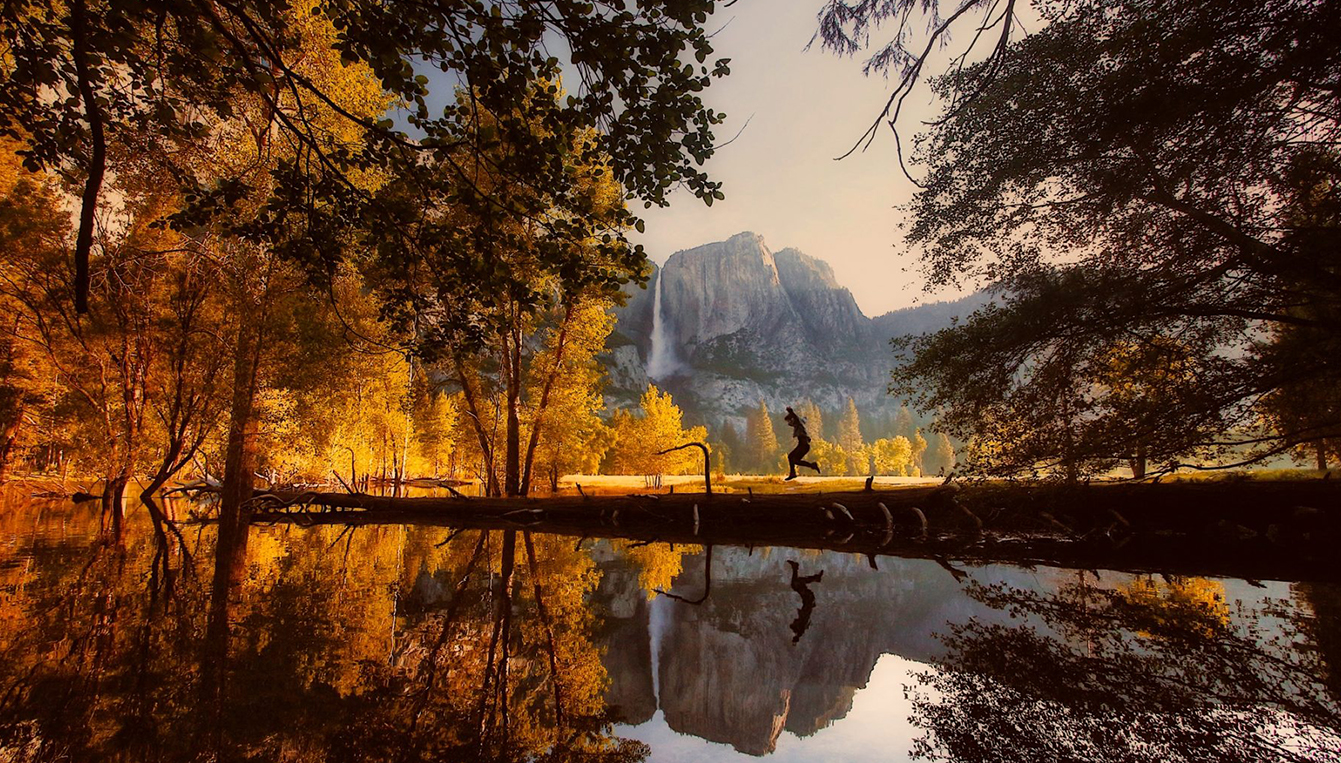Alex Odom
Associate Principal

For the last five years, I have enjoyed a fun summer tradition with my dad and brother, escaping the office for a weekend excursion to the Boundary Waters Canoe Area (BWCA), a wilderness area within the Superior National Forest in northeastern Minnesota. The motto of the BWCA is “Leave No Trace”, and as voyagers we strive to keep the environment pristine. We feel far from the trappings of modern civilization: the air and water are cleaner away from industrial polluters, the stars are brighter without light pollution, and we are far from the ever-present noisy hum of city life.
The 59 national parks are more popular than ever, crowded by over 300 million annual visitors seeking a peaceful getaway, but a recent study by the National Park Service and Colorado State University found that the human noise impact in protected natural areas in the United States may be greater than expected.
Based on recordings at 492 sites, sound levels were predicted across the country using a computer model factoring in differences in elevation, annual rainfall[BD2] , and distance to cities, highways and flight paths. Some sites have high levels of natural sounds such as waterfalls, river rapids, or frequent rainfall, so the impact from the same level of anthropogenic noise will not be as great as the impact on sites with low levels of natural sound. The study found that in 63% of protected areas, noise pollution doubled background sound levels, and in 21% of protected areas, sound levels from human noise were ten or more times higher than the ambient background. The noise from road traffic, passing airplanes, or industrial mining all play a role in drowning out the peaceful sounds of nature.
Beyond disrupting the enjoyment of human visitors to the parks, it can have an even greater impact on the animal inhabitants. A noisy environment makes communication difficult, disrupting mating rituals, covering up the sound of approaching predators (or nearby prey), or in the case of bats, preventing echolocation altogether. It is truly a life or death matter for animals if they are unable to hear certain sounds in their environment. Preventing these harmful side-effects of noise is critical to maintaining a healthy park ecosystem.
There are many proactive measures that we can take to reduce human noise impact. Shuttles can be run in parks to reduce traffic near the park, highway and flight paths can be concentrated into “noise corridors” reducing the area of influence, and industrial mining and construction operations that might be nearby can utilize smart noise control technologies to mitigate the impact.
Designing with the acoustic environment in mind, we can maintain the national parks as a big point of national pride, and apply these same principles to our state and local parks for a peaceful getaway that isn’t too far from home.